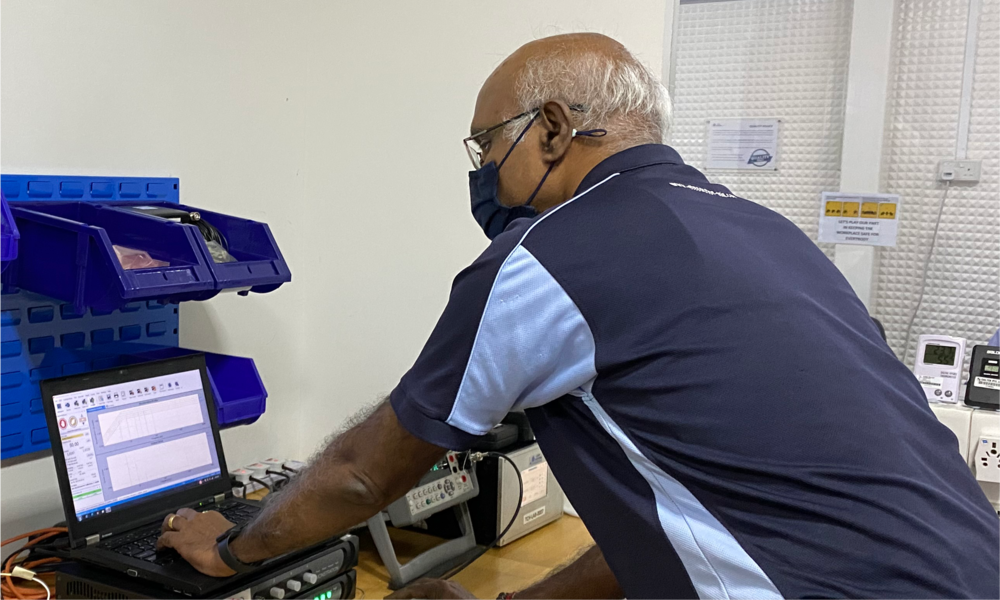Many people perform field comparison check of two meters, and phone them “calibrated” after they give you the same studying. This is not calibration. It’s just a place check. It could demonstrate if there’s an issue, nonetheless it cannot demonstrate which meter is appropriate. If both meters originate from calibration utilizing it . amount as well as the identical direction, it will not demonstrate anything. Nor does it demonstrate any trending – you will not know your instrument will an “from cal” condition.

By having an effective calibration, the calibration standard needs to be better in comparison with instrument under test. Nearly everyone features a micro wave or any other appliance that displays in time hrs and minutes. A lot of us reside in places where we personalize the clocks no under two occasions yearly, plus again transporting out an electrical outage. Should you set time with this particular appliance, what else could you employ since the reference timepiece? Can you choose time that displays seconds? You probably set time across the “digits challenged” appliance once the reference clock reaches the “top” in the minute (e.g., zero seconds). A metrology lab follows exactly the same philosophy. They observe carefully your “whole minutes” track the very best amount of seconds. And funds at multiple points across the measurement scales.
Calibration Process
The calibration manner of measurements needs control. Really calibration itself are as being a method to establish control on instruments and get confidence.
The crowd of operations which establish, under specified conditions, the relationships between values proven having a calculating instrument or system or values symbolized getting a fabric measure or reference material & the attached values in the quantity recognized getting a reference standard is known as calibration.
Calibration process involves analyzing the operational integrity in the test or calculating equipment or in the measurement standard of unverified precision to be able to identify, correlate, report or eliminate (by adjustment) any deviation in precision, capacity or perhaps in another needed performance. Calibration may be transported out for many possible purposes.
Exercising whether a specific instrument or standard reaches some established tolerance according from the deviation within the reference standard.

Reporting of deviations in measurements from nominal values.
Repairing / modifying the instrument or standard to create it back within tolerance.
Why Calibration is needed
Managing the process, relation between inputs & output may be controlled
To handle process, we have to know status along the way
Measurement gives more understanding about status
Charge of a procedure cannot significantly better in comparison with measurements made in route
The greater accurate the information acquired on the way, with elevated precision the procedure may be controlled.
Reasons for Calibration Problems
What knocks an electronic instrument “from cal?” First, the main areas of test instruments (e.g., current references, input dividers, current shunts) can easily shift after a while. This shifting is minor generally harmless in situation you’ve got a great calibration schedule, which shifting is usually what calibration finds and corrects.
But, suppose you drop a present clamp – hard. How can you tell that clamp will precisely measure, now? You do not. This may have gross calibration errors. Similarly, exposing a DMM with an overload can throw rid of it. Many individuals think it’s little effect, since the inputs are fused or breaker-protected. But, individuals protection devices might not trip round the transient. Also, a large enough current input can hop within the input protection device entirely. This is often considerably not as likely with greater quality DMMs, that’s a very good reason they’re more cost-effective in comparison with less pricey imports.





